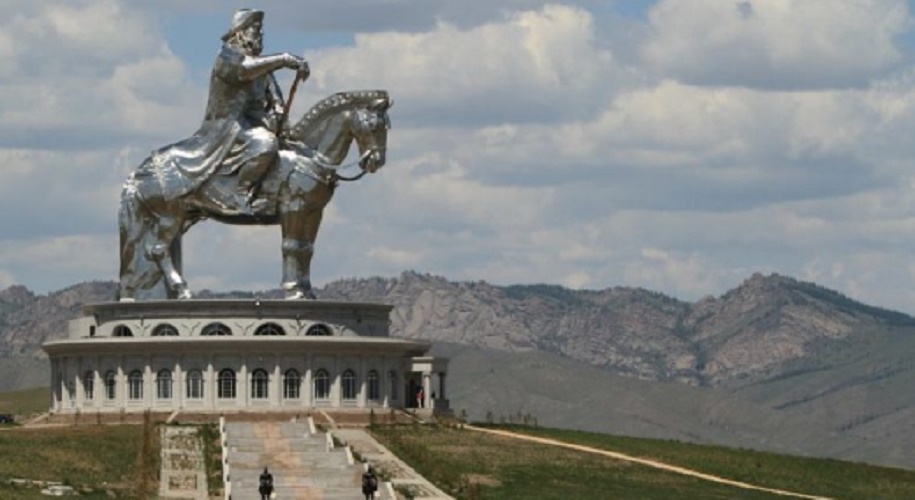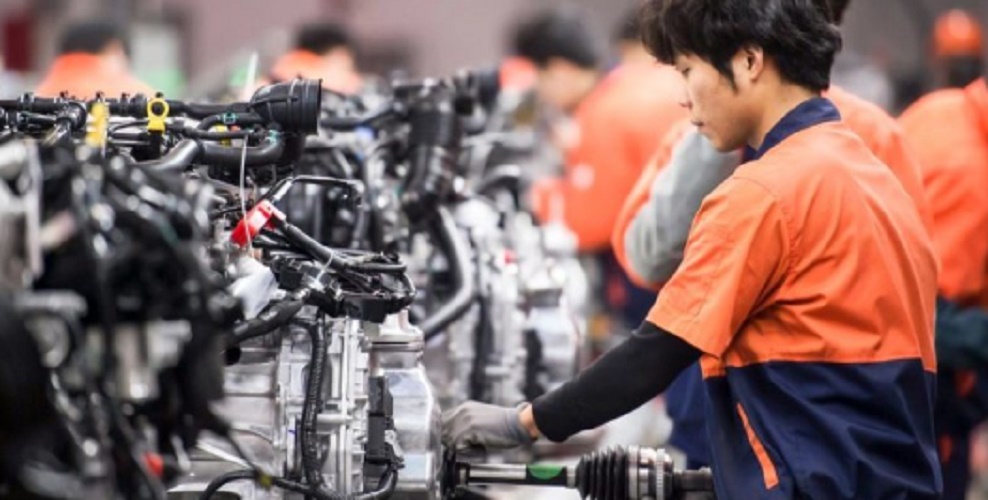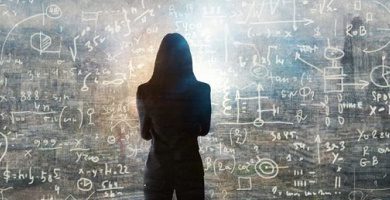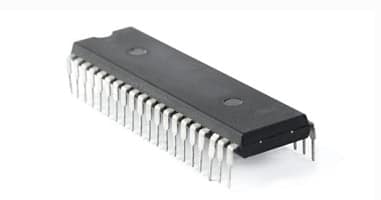What is a world power?
We explain what a world power is, its characteristics and what were the powers throughout history until today.
-
What is a world power?
World States are those States or nations whose economic and / or military power is such that they are capable of exerting a direct or indirect influence on the other countries or regions around them . In some cases they can influence the world organization itself.
You can talk about world powers but also regional powers (when their area of influence is smaller) or superpowers (when it comes to powers that influence other powers).
There have always been powers that have competed for regional or international supremacy, and in recent times, global. This does not mean, of course, that they have always been the same, but that they have succeeded each other throughout history , depending on the conditions of social, political and economic organization that prevail at the time.
The world powers are usually states or associations of them that share political-economic project. They tend to compete with the other powers in various fields, given that their power allows them to influence the decisions of countries dependent on them, or even impose certain conditions on international trade , invade foreign territories, etc.
The behavior of a world power may be more or less peaceful, but generally they become hegemonies : relations of vassalage or dominion over the weakest nations.
-
History of the world powers

Each era of human history has had its great powers, which originally competed militarily for dominance of economic and territorial resources, or for imposing their culture and religion on others. However, as the world became more complex and interconnected, competition between them passed to the economic and commercial level.
- Powers of antiquity : Assyria, Babylon, Greece , Rome, Carthage, Egypt, Persia, India, China and in America, the Inca Empire and the Mayan civilization .
- Powers of the Middle Ages : Byzantium, Persia, the Carolingian Empire, and the great Muslim caliphates in Baghdad, Cordoba, Marrakesh, among others. Also the Potassium States (of the Pope) emerged in Europe, and on the other hand the Sultanate of Delhi, Imperial China, the Mongol Empire and the Ottoman Empire. In pre-Columbian America, the powerful Aztec Empire emerged .
- Powers of the modern era : China and the great European imperial powers: the Spanish Empire, the British Empire, the Portuguese Empire, the French Empire, the Austro-Hungarian Empire, Prussia and Tsarist Russia.
- Powers of the contemporary era : Great Britain, France, the Union of Soviet Socialist Republics (USSR) , the United States, the Third German Reich and the Japanese Empire.
-
Current world powers
At present, beginning the 21st century, world powers are easily identifiable. For the most part, its power is due to destructive military processes of the twentieth century or the technological explosion of the end of the same century, which drove regional economies to the level of world powers.
The most influential nations today are:
- U.S
- The European Union (especially the so-called G4: Germany, France, Great Britain and Italy)
- Japan
- China
- Russia
- Brazil
- India
-
Characteristics of world powers
The world powers are usually based on two criteria:
- Military might . Those nations that have large and highly technological armies , with first-line weapons and training and availability that allows them immediate and effective action. Military powers can have bases all over the world, in allied countries, or large weapons of mass destruction, such as atomic bombs. It is the case, at present, of the United States, Israel, Russia, China, Great Britain, France and recently, North Korea.
- Economic power . It refers to the nations of robust economies, connected with the rest of the world from a dominant and hegemonic position, so that their decisions regarding internal economic policy influence the economy of other nations, thus allowing them a domain of trade, that is , allowing them to set the rules of the economic and financial game. This is the case at the beginning of the 21st century of the United States and China, faced in a bloody trade war .
-
China, the new superpower
 China has the enormous productive capacity of a world power.
China has the enormous productive capacity of a world power.While the United States is the largest economic and military power since the end of the Cold War in the twentieth century until the second decade of the new millennium, in recent times China has become its competitor .
Far from the agricultural and backward country that emerged under the communist flag after a Civil War in 1959, this country is today a huge factory. Its currency, the Yuan, already rivals the dollar globally , as it floods local markets with cheap mass-produced products.
Specialists warn, in that sense, that the US GDP reached 20.51 trillion dollars in 2018, while China has a negligible 14.09 trillion. While the difference is still noticeable, the Asian giant tripled its economic performance over the past decade , which made it a new global economic player.
In fact, despite the measures taken by the United States to tariff Chinese products and reduce the influence of its companies (such as ZTE and Huawei), the IMF predicts a growth of the Chinese economy of 6.3%, against 2.5% in the United States. We will have to wait a few more years to know if China will move the United States from its place as the world’s greatest power.





